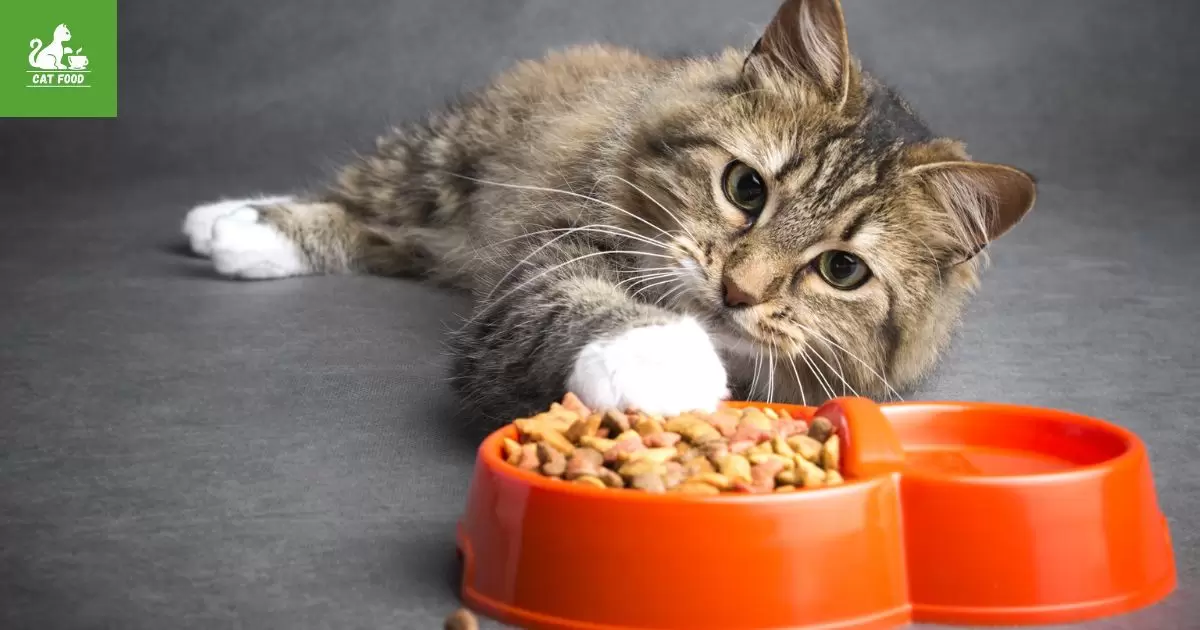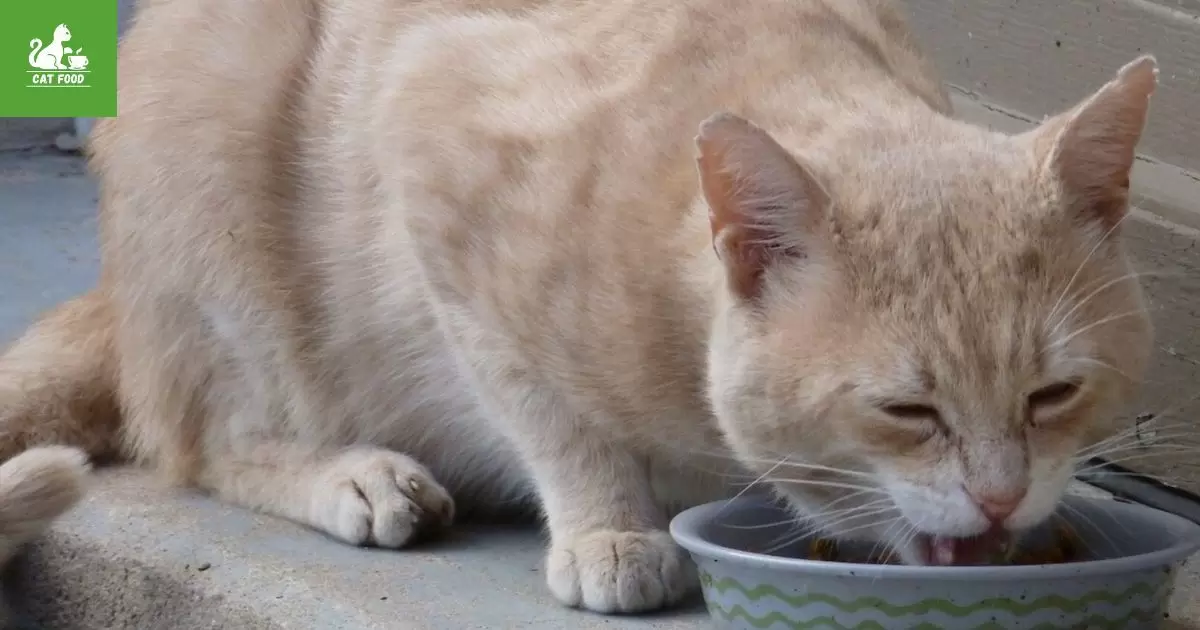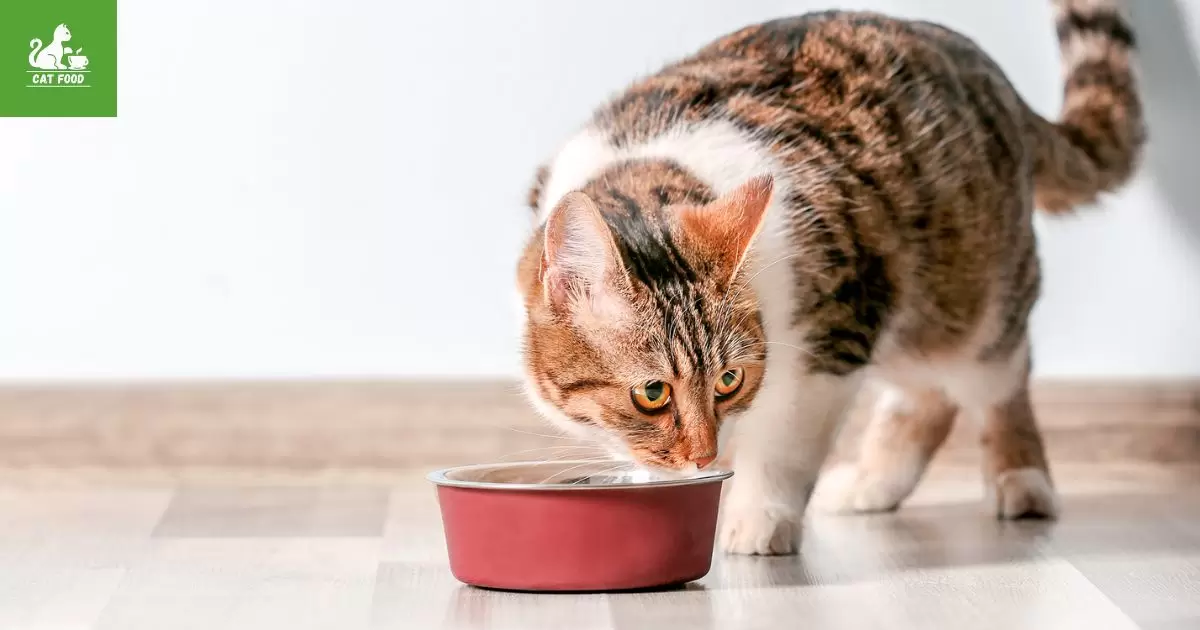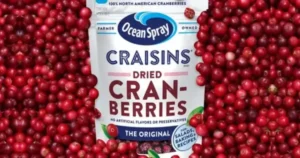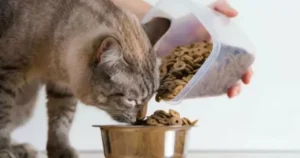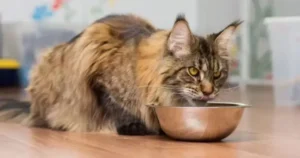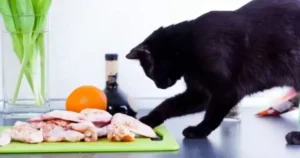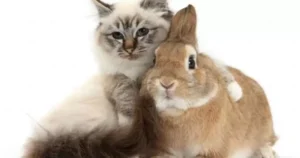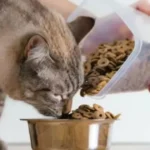Does moist food reason diarrhea in cats? This is a commonplace question for cat proprietors, as pussycats are infamous for his or her sensitive stomachs. The brief answer is – it can, however not always. Understanding the connection among a cat’s food plan and digestion is fundamental to heading off dissatisfied tummies.
Cats are obligate carnivores, that means they thrive first-rate on a meat-heavy weight loss program. In the wild, feral cats get maximum in their moisture from the prey they devour. This is why wet cat meals may be a high-quality way to feature hydration and mimic a cat’s natural food regimen. However, abruptly changing among moist and dry food can disrupt a cat’s digestive machine. Their stomachs want time to regulate to new textures and substances.
While moist meals itself does not immediately cause diarrhea, the transfer among dry and moist meals is mostly a wrongdoer. Gradual transitioning over several days can assist keep away from digestive dissatisfaction. Paying interest to your cat’s unique tolerances, and averting commonplace allergens like dairy and fish, is also key. Overall, incorporating both wet and dry meals, with endurance for the duration of transitions, will allow your cat’s sensitive machine to gain the benefits of variety.
What is the Connection Between Wet Food and Diarrhea?
Wet food itself does not directly cause diarrhea in cats. However, an abrupt change between dry and wet food, such as introducing a new product like Orijen Cat Food, can disrupt digestion. The new textures and ingredients take time to adjust to. Gradual transitions are key.
Some cats have sensitivity to substances like dairy, fish, and different additives. An abrupt alternate to wet food with these may also purpose upset stomachs. Pay attention to how your cat tolerates numerous foods. Slowly transition to avoid diarrhea.
Obligate Carnivores: Understanding Cats’ Dietary Needs
Cats are obligate carnivores, this means that they thrive on meat-heavy diets. Their our bodies are designed to metabolize animal proteins and fats. Ancestors ate small prey with immoderate moisture content material.
Wet meals affords moisture and mimics the natural carnivore food regimen. It helps hydration and lean muscle improvement. But cats still need balanced nutrition including vitamins, minerals from plants. Sudden changes challenge digestion.
The Benefits of Wet Food for Hydration
Wet food has excessive moisture content, imparting wanted hydration. Dry meals handiest has round 10% moisture. Cats have low thirst drive and are at risk dehydration.
Wet meals help hydration and urinary tract fitness. It can prevent crystals and FLUTD. Gradual introduction allows the digestive system to adjust while reaping hydration benefits. Rotate wet and dry for balance.
Transitioning Between Wet and Dry Food
Sudden transitions between wet and dry foods are a common cause of diarrhea. An abrupt change challenges the digestive tract. Gradual switching over 5-7 days lets the body regulate.
Mix a little new food with the old, slowly changing ratios over days. This gives the gut time to create enzymes needed to properly digest the new food. Prevent diarrhea with gradual transitions between dry and wet.
Gradual Transitions are Key to Avoid Upset Stomachs
Cats’ sensitive stomachs need gradual food transitions. An abrupt switch to wet food overwhelms the digestive system, often causing diarrhea. Gradually transition wet and dry foods over several days. Mix the new food in slowly increasing amounts with the old food.
Cats Have Sensitive Stomachs: Understanding Why Wet Food Can Cause Diarrhea in Cats
Feline digestive systems are highly sensitive. Any abrupt dietary change can cause upset and diarrhea. Wet food has different protein sources and textures than dry.
Cats’ bodies need time to adjust secretion of digestive enzymes and gut pH when food is changed. Gradual introduction of new foods helps sensitive stomachs adapt without inflammation or diarrhea.
Pay Attention to Your Cat’s Food Tolerances
Some cats have sensitivities to substances like grains, dairy, eggs, or fish. An abrupt trade in food plan like adding a brand new wet food can reason diarrhea. Pay attention to how your cat tolerates various foods. Note ingredients that may cause sensitivity or allergic response. Slowly transition and monitor stool health. Avoid ingredients that trigger diarrhea or vomiting.
Avoid Common Allergens Like Dairy and Fish
Read all ingredient labels carefully to avoid allergic ingredients. Keep note of any foods that cause vomiting or diarrhea indicating sensitivity. Slow transitions and limited ingredient diets can prevent allergic response.
Incorporate Both Wet and Dry Food
Both wet and dry cat foods play a crucial role in maintaining feline health. Dry food aids in dental hygiene by helping to clean teeth, while wet food ensures hydration, essential for their overall well-being. Rotating between these options is beneficial as it provides a balanced diet. However, it’s important to note that sudden changes or overconsumption of wet food can sometimes lead to digestive issues, such as diarrhea, in cats.
Gradually the transition between wet and dry foods with small ratios changed slowly over days. This allows your cat to gain benefits of both without disrupting digestion. Monitor stool health closely during transitions.
The Short Answer: Sometimes, But Not Always
Gradual transitions to new foods give cats’ digestive system time to adjust. Monitor stool health and avoid ingredients that trigger diarrhea. When introduced carefully, wet food is highly beneficial for cats.
Tips for Switching Foods to Avoid Diarrhea
Switch foods gradually over 5-7 days to avoid diarrhea. Slowly increase the new food ratio while decreasing old food. Use 10-25% new food to start. Do not free-feed during transitions. Monitor portions carefully. Limit ingredients cats are sensitive to.
Giving Your Cat’s Digestive System Time to Adjust
This prevents diarrhea or vomiting from an abrupt change. Begin with small amounts of new wet food mixed with old dry food. Over several days, slowly increase the ratio of new to old food. Be patient – allow at least 5-7 days for transitions to prevent diarrhea.
FAQs
Is wet or dry cat food better for diarrhea?
Wet food is usually better for cats with diarrhea because it has extra moisture and is simpler to digest.
What foods can give cats diarrhea?
Dairy products, fatty foods, unexpected food regimen adjustments, and ingredients with components cats are allergic to can deliver cats diarrhea.
Why does my cat have diarrhea after eating dry food?
Eating only dry meals can dehydrate cats and purpose digestive issues like diarrhea.
Conclusion
Does wet food cause diarrhea in cats? The answer depends on the individual cat and how the diet is transitioned. While wet food itself does not directly cause issues, an abrupt change to wet food can certainly disrupt digestion. Cats’ sensitive stomachs require gradual transitions when switching foods. Changing ratios slowly over days allows the body to adjust to new proteins, textures and ingredients.
With patience and care to avoid allergens during transitions, incorporating wet food can provide major benefits like hydration and mimicking natural feline diets. While diet changes may cause upset, proper introduction allows cats to thrive on a balance of wet and dry cat foods.
The root of the diarrhea problem when switching to wet cat food is the abrupt transition, not the wet food itself. Gradual adjustments permit the digestive gadget to alter even as gaining the blessings of delivered moisture and proteins that help obligate carnivore health. With a few care and endurance, moist meals may be a first rate part of your cat’s weight-reduction plan.
